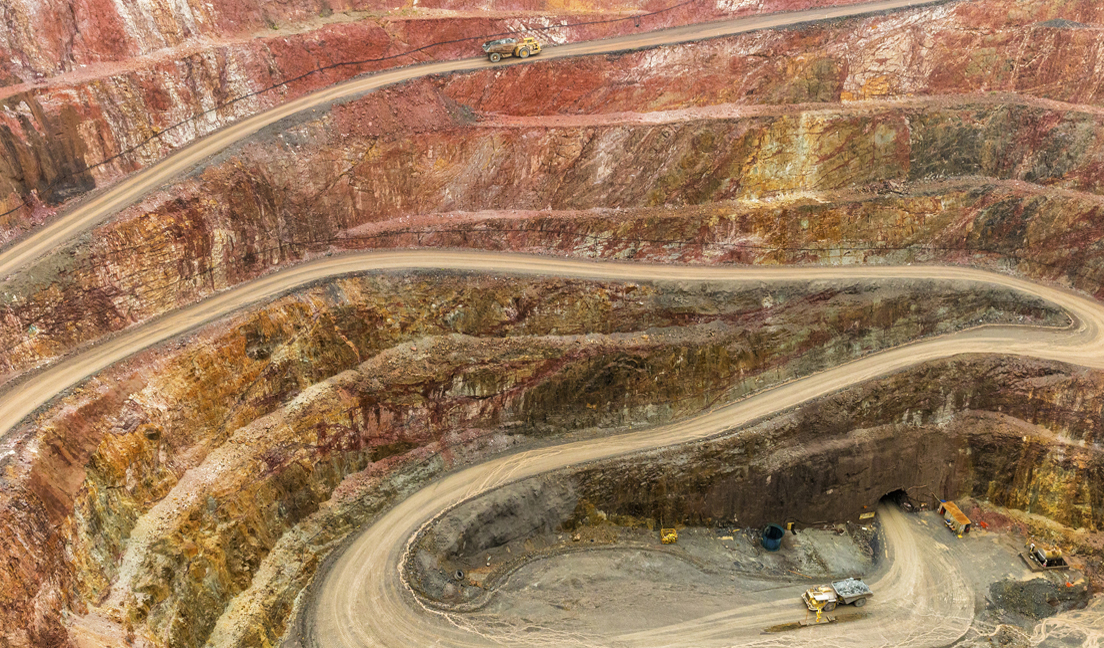Challenge
In order to expand operations and maintain a water balance in South Carolina’s wet climate, Nevada Goldfields’ Barite Hills gold mining operation required a treatment plant to handle its wastewater. At this mining site, the company extracts gold from soil using a high pH cyanide leaching solution. The process generated large volumes of cyanide and metal laden wastewater, which they had been storing on-site. Nevada Goldfields needed to reduce the levels of many heavy metals to the part per billion (ppb) range.

Solution
Nevada Goldfields investigated several technologies that would reduce the metals to acceptable limits. Treatability testing showed that a combination of reverse osmosis and ion exchange reduced metal levels to meet the required limits for all parameters of concern. Installation includes a full-scale, 25 gpm system with two multimedia filters to remove metals and solids to less than 1 mg/L, two carbon adsorption filters to remove organic contaminants and finally, reverse osmosis and ion exchange equipment to remove salts, metals and dissolved solids before the water is discharged into the environment. The reverse osmosis concentrate is rerouted to holding ponds at the site.
Results
The system has been operating since December 1994. Evoqua Water Technologies and Nevada Goldfields worked together to value engineer the treatment system, thus providing the necessary procurement flexibility to minimize capital expenditures. To best meet its financial objectives, Nevada Goldfields purchased the multimedia filtration and carbon adsorption equipment. They lease the reverse osmosis unit and buy the ion exchange canister services from Evoqua.
